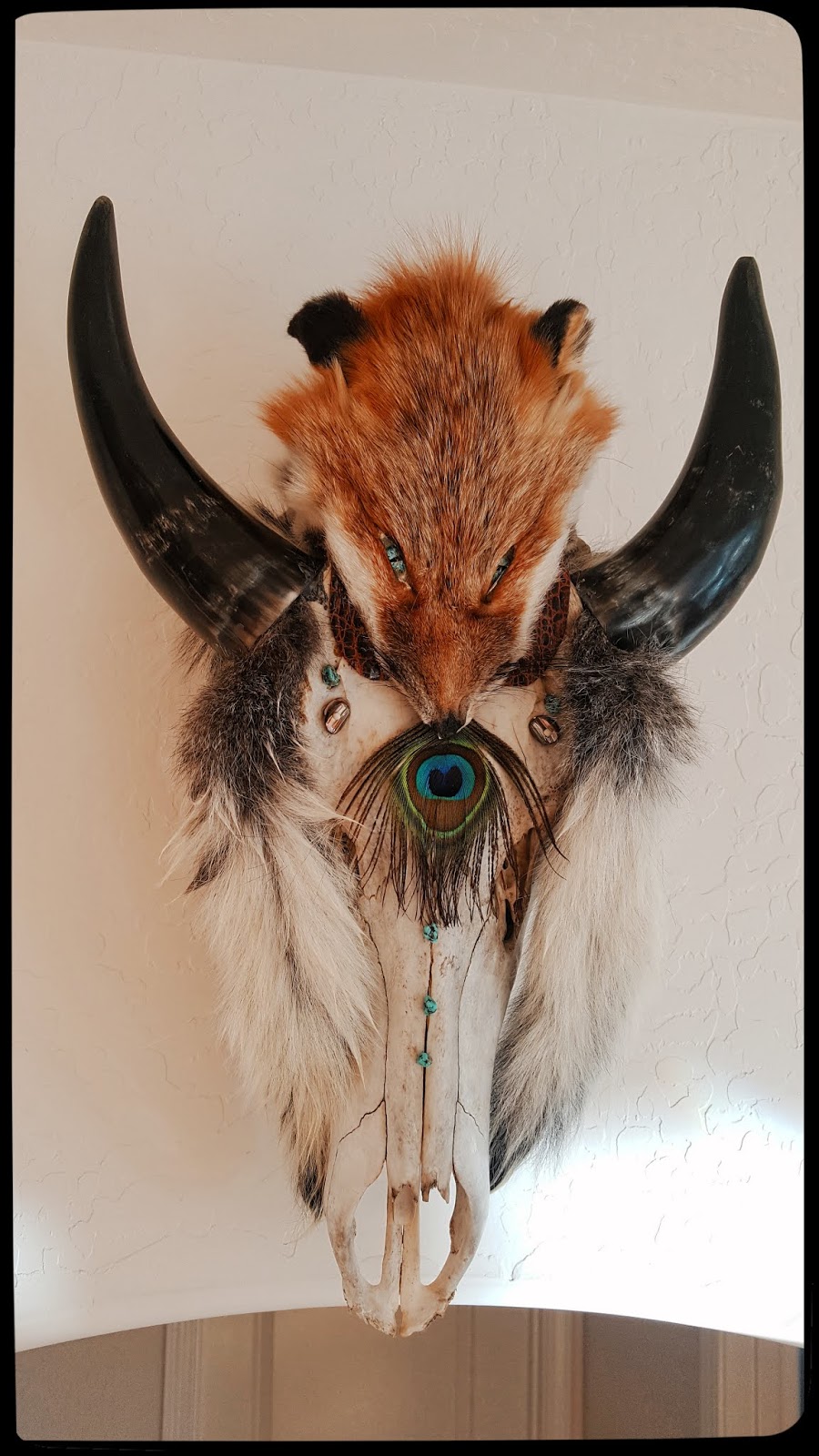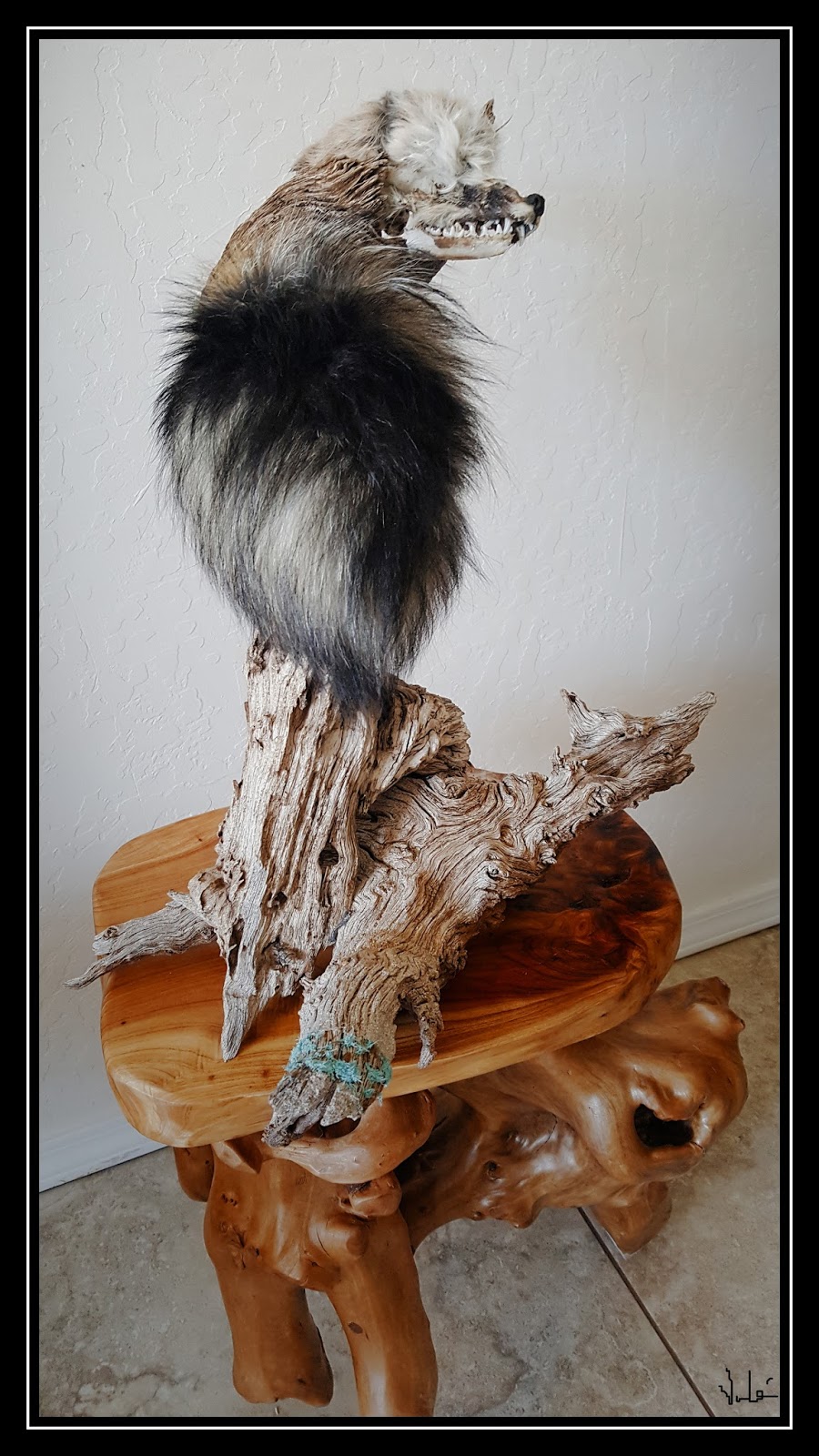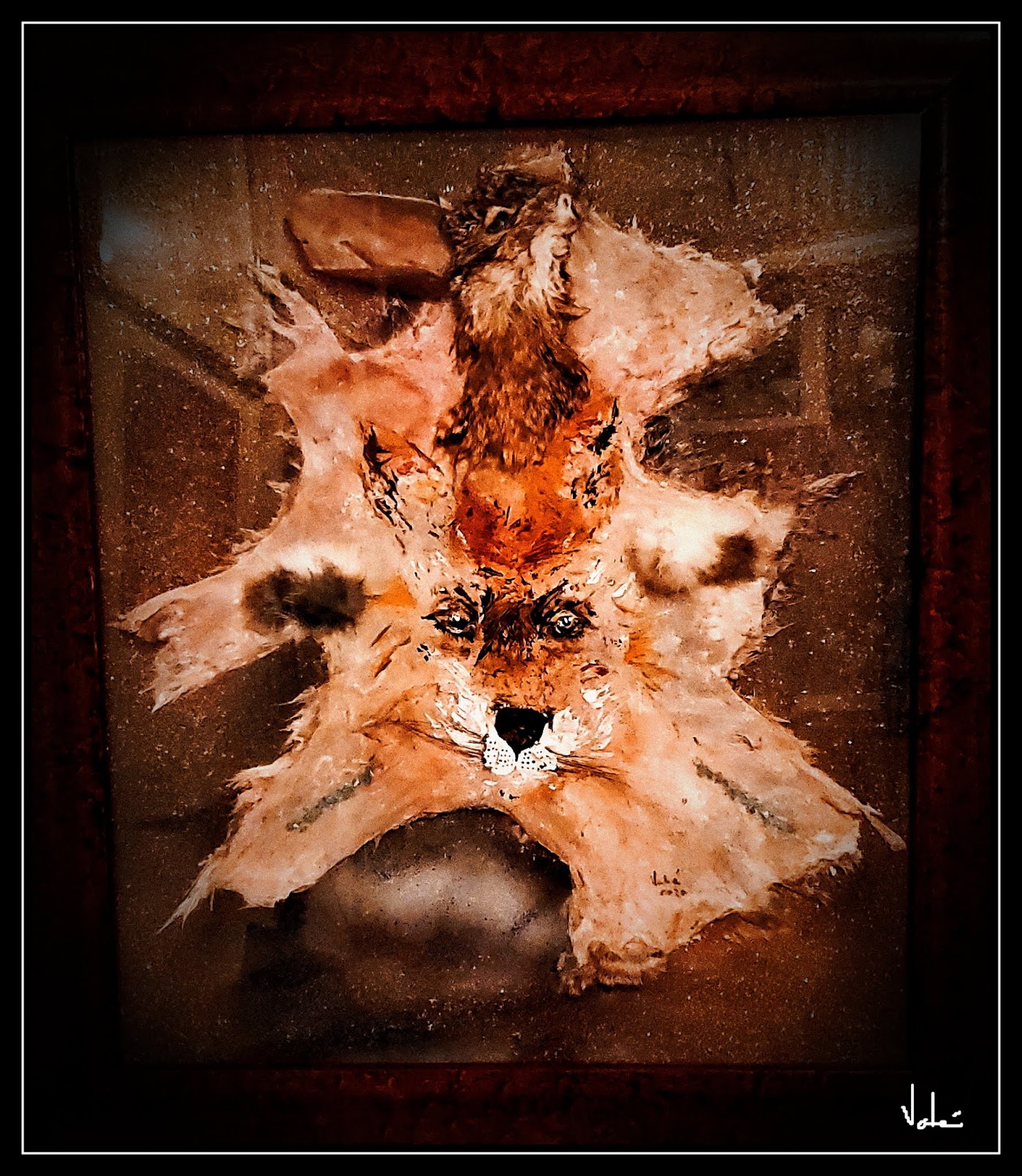Vanitas, Veritas and the Use of Skulls to Describe Transience
As an Armenian kid I have seen human skulls in churches and
other hallowed grounds. These were the skulls of Armenians who perished during
the exodus from Armenia and modern day Turkey through the deserts of Asia
Minor and the Middle East in the early 1900s. My grandfather survived that walk and
shaped my childhood with his stories. https://vahezen.blogspot.com/2014/07/ottoman-times-armenian-timemakers.html
For me skulls always represented death, violent death and
macabre feelings.
It is only recently that I have realized how skulls and
bones can also mean remembrance and continuity. Similar to Georgia O’Keeffe who
discovered cow and horse bones in the New Mexico desert and decided to draw and
paint them posthumously, I encounter elk, coyote, wolf, badger, peccary, deer,
cow and horse bones in Arizona’s high desert. I have used some of these
findings in my work (see my previous postings) but did not venture into using
skulls as one often finds in the Native American artwork of the U.S Southwest.
I think skulls reminded me of the piles and piles of human
skulls displayed in Armenian churches.
… It is elk and deer hunting season now and when I walk in
the high desert and high elevation pine forests of Northern Arizona, I often
find carcasses of big game left by hunters after they have taken the meat. Vultures,
coyotes, foxes, and the underground fauna inhabitants appreciate what is left
behind and often clean up everything within days. Unless one comes across a
skull that has not been broken to pieces by coyotes.
I recently found an elk skull in perfect shape and decided
to “immortalize” it by exploring its postmortem expression.
… My favorite human skull use in still art painting is by Charles Allen Gilbert in 1892 where he used an optical illusion of a
woman sitting in front of a mirror pursuing the vanity of believing that beauty
is forever. The reflection of the woman's image in the mirror shapes the scenery as a human skull expressing the message of the artist that death is the final step in the vanity of out life. Gilbert's message was adopted by many painters in the 17th
century when Vanitas painting
and painters reached the zenith of their expression in emphasizing the concept
of transitoriness and futility of our existence through skulls, hourglasses and
smoke.
In modern times, I have been most impressed by the vanitas
paintings of Frida Kahlo “Without Hope” (1945) and Gustav Klimt “Death and Life”
(1908). But still, both are macabre and not celebratory.
I wanted to transform my elk skull into a multi-optical
expression by using materials not commonly used in animal skull artwork, especially
Native American artwork using buffalo skulls which are large, abundant and
harvested in ranches away from the elements of nature.
First Decision:
Since the skull I found had no horns left on it by the hunter, what horns
should I use as substitute? Buffalo
horns from Mexico are too large and their texture did not seem to fit with the
smooth and long lines of the elk skull. Deer antlers are too diminutive to be
worn by an elk; and, antelope horns are too small.
Keeping in mind my goal to “go out of the box” regarding the
common practices in Native American skull artwork, I found water buffalo horns
from India. I liked their size and shiny, happy look.
This is how the skull and horn were gauged for proportion
and look:
I had some stones and Arizona turquoise and placed them upon
the face of the skull for delineation of texture and colour.
Second Decision: The forehead of elk and buffalo are flat and
large enough to accommodate painting of nature or hunting scenes. Many artists
also use that space to inlay precious stones, glass beads or woven material
dyed in tribal or regional colours.
Leaving that forehead space untouched looks like unfinished
work, but again I wanted to stay away from painting or beads.
Well, I had preserved fox hide but never used any part of it
in my work. I decided to give it a chance by adding blue glass eyes to its demeanor.
The deep orangey-gold colour of the fox fur gave a good
contrast to the whitish skull bones, and I though two stones I had picked up in
China may continue the colour contrast:
Third Decision:
Animal skulls look good with elongated side-structures such as leather, tassels
and feathers. I tried the feathers but again, did not want to duplicate common
practice.
I often use squirrel hide and tail in my artwork. Especially
the types of squirrel which are native to Arizona – the Kaibab and Abert
squirrels. October to December is also squirrel hunting season and one can
prepare the hides to use all year on various projects. These squirrels are large and their meat is
also considered a delicacy:
So, here are Abert squirrel tails I decided to use:
I have never seen an animal skull artwork where squirrel
tails was used, and that made me happy.
Fourth Decision:
The water buffalo horns have a symmetrical curvature so it was not difficult to
place them in good symmetry on the skull. The epoxy would dry overnight
allowing me to add the squirrel tails and finish the work.
But, the Chinese stones looked totally “fake” and out of
context when I placed the horns on. It was time to find another material for
the area under the fox’s snout.
Fifth Decision:
And that was a peacock feather that has been on the side of my workbench for a
while. Perfect. Now I had the colours, the round shape I was looking for and
the symbolism of the “third eye”.
My elk was about ready to wear its fluffy side-tails and be
placed on my wall!
… So, here is the final product I photographed with a Navajo
Native American artwork as background. I wanted to show that although skull
artwork is cherished in Native American Southwestern artwork, when my elk is
placed next to a Navajo sand painting it shows its distinct attitude and uncommon
use of materials.
Now it is on the wall and it makes my effort worthwhile. The
side view also shows the complete set of teeth perhaps tracing a content smile…
Vanitas and Veritas expressed by the elk skull I am glad I
did not leave in the woods to weather and crumble.
November 14, 2018
© Vahé A. Kazandjian, 2018









Comments
Post a Comment